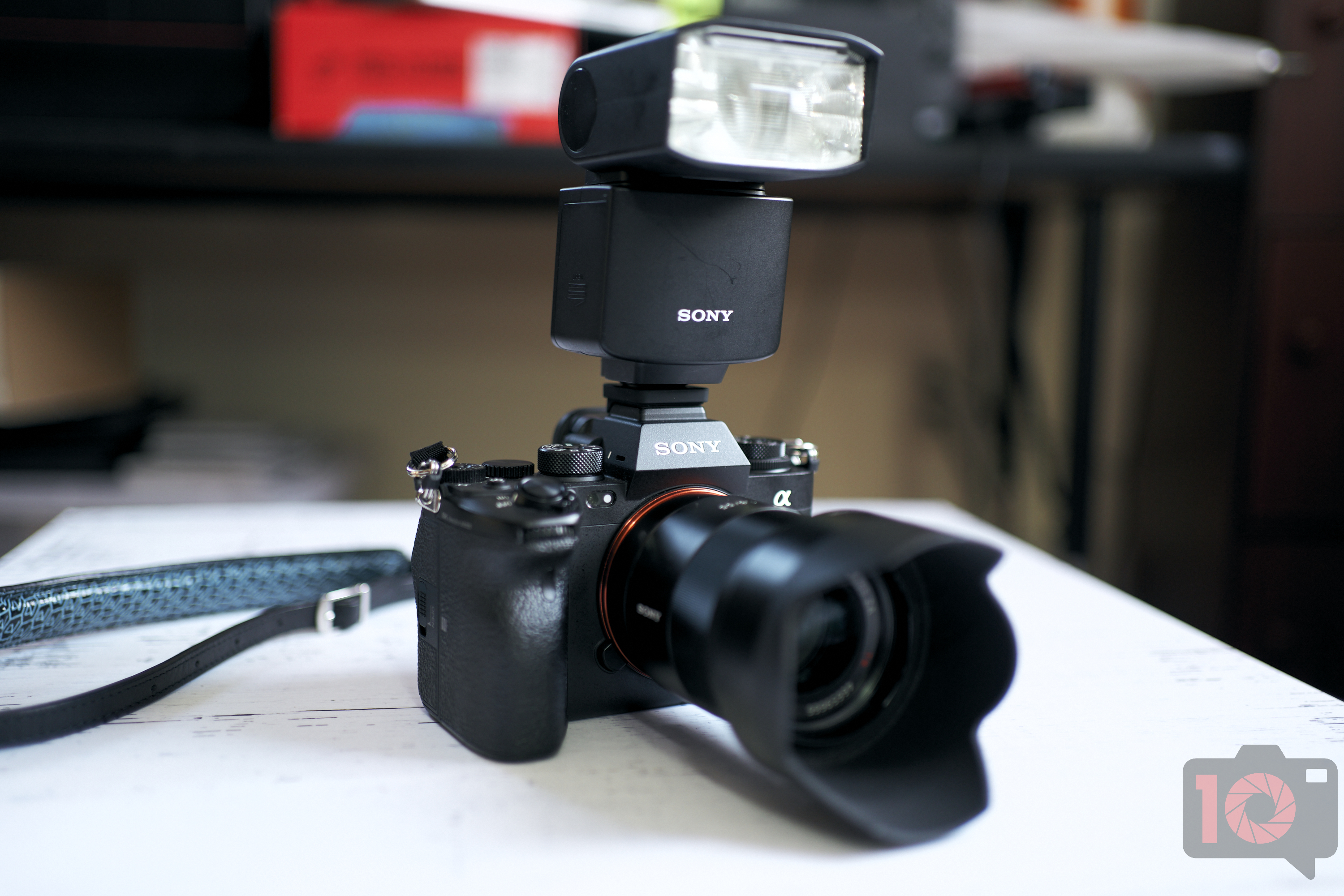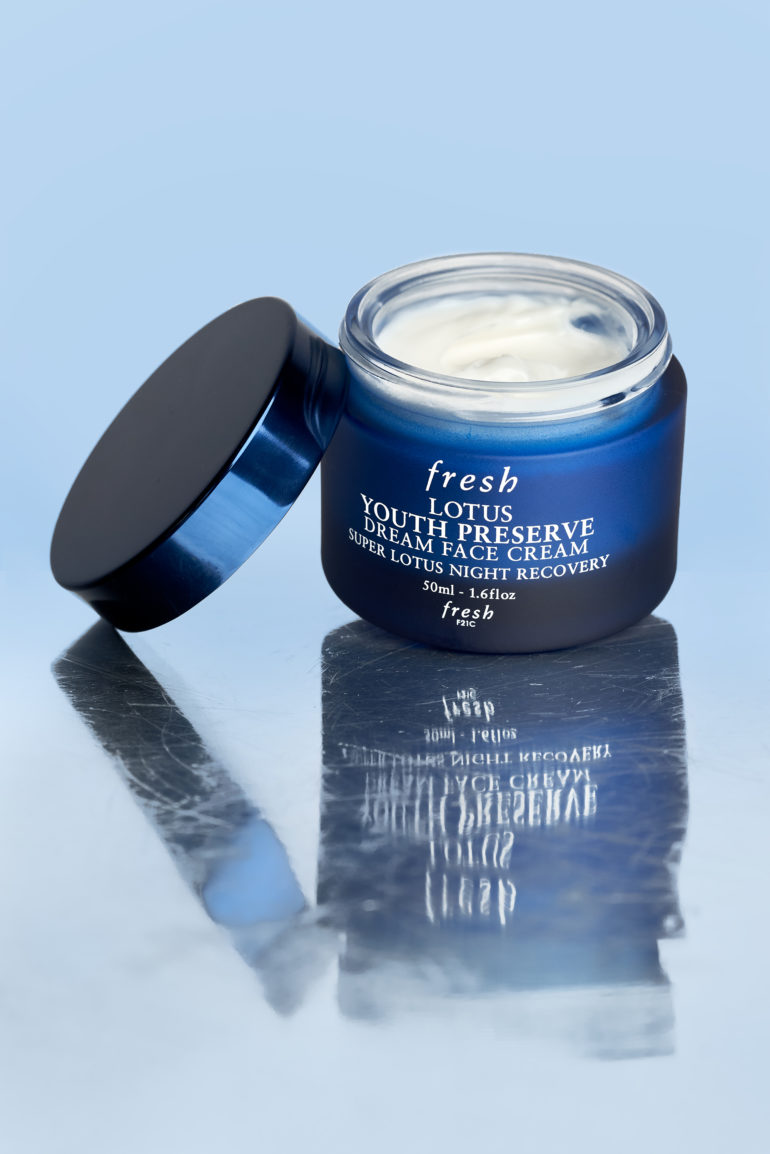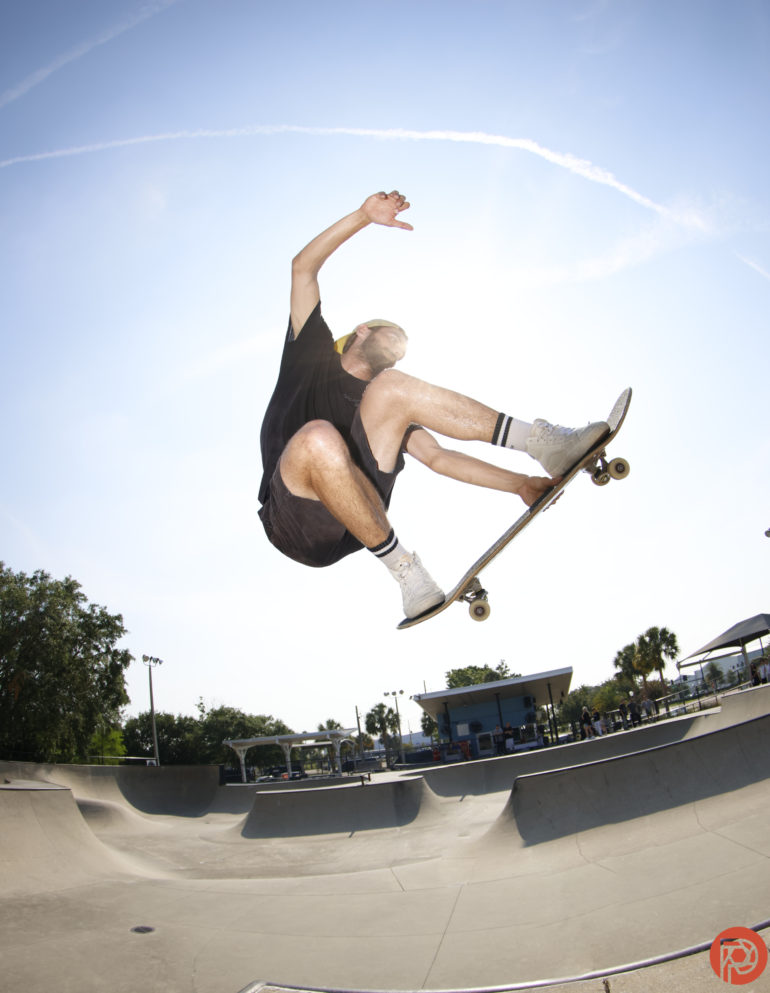If there’s something I’ve learned the hard way as a photographer, it’s the finer points on the importance of flashes. I’ve always loved to use off-camera lighting. I’ve been a tester of so many lights over the years, and some are better than others. You often get what you pay for, so with more affordable flashes you’re probably going to sacrifice somewhere, like with flash recycle time. And you’re not sure, we’re going to talk about why it’s so important.
We hate banner ads too. Download our app for iOS, iPad, and Android and get no banner ads for $24.99/year.
Before we get into that, let’s discuss what flash recycle time is. This refers to how fast your flash can fire repeatedly; typically it’s referred to when firing at full-power. The more power your flash uses, the slower the flash recycle time is. The less power it uses, the faster it can be. It’s a critical part of heat management and long-term flash durability.
The Pace of a Photo Shoot
I’m old-school when it comes to photo shoots and working with portrait subjects, photographic subjects, etc. in a controlled shooting environment. I’ve seen some photographers work with models in continuous burst mode. If you’re like me, you don’t want to go through that many images in the culling process. That just seems like a post-production nightmare born out of carelessness. But you’d be shocked; we’ve seen lots of YouTubers do it.
If you’re machine-gunning a photo shoot, few flashes will be able to keep up with the recycle time needed. It’s one of the reasons why constant lights are valued by these photographers. But constant lights don’t lend themselves to being more creative. They usually have more to do with laziness unless you’re truly set on building out your scene.
A great example of a fascinating photographer with an equally great project is Brandon Kidwell. He does in-camera multiple exposure photos, and doesn’t need such fast flash bursts. Further, he carefully plans out each scene. What he’s doing isn’t possible without a flash unless you spend a lot of time in post-production or do more work in-camera and on set.
For the pace of a typical photoshoot, most experienced photographers shoot one frame at a time. In a situation like this, the power from a flash or strobe isn’t something to worry about. You can shoot a frame, have the model change the pose, shoot another frame, and repeat. The flash will typically recycle fast enough and you’re probably not shooting at full-power.
Sports and Action
Sports photography and action photography are where flash output really matters. There are reasons why photographers still put lots of lights in the ceilings at stadiums. Those flashes are super-high powered. That extra power lets photographers get more from their lights. In this case, the flash recycle time is really, really speedy.
I can recall one particular moment on a Canon press trip. We were photographing skaters, and I was using a Nissin MG 80 PRO flash because it was lightweight and compact for traveling. Unfortunately, it wasn’t giving me consistent power. It didn’t give me the fast flash recycle time I needed, and I missed both my Elinchrom and Profoto lights on that day. Those more powerful strobes would’ve been able to handle the situation a whole lot better.
We’ve also interviewed a bunch of photographers that need fast recycling time. Check out Christian Vieler, who used Profoto lights to photograph dogs catching treats.
Events, Weddings, Photojournalism
No, we’re not talking about street photography here, but you can surely use flashes for it. Instead, we’re talking about the documentary process. For weddings, events, and photojournalism, you surely need a fast flash recycle time. You could snap a photo at a wedding in a short, slow burst, and not get each photo evenly illuminated. But a flash with a fast recycling time can help. The same happens with photojournalism and events. This is typically why some photographers from this segment go with more powerful and durable flashes.
Photojournalist Cheriss May uses Profoto flashes for good reason. “The flash provides the light I need for portraits…It also provides a quick mobile studio,” is what she told us a while back.
On the other hand, photographers like Mike Zawadski use the more powerful lights in Godox’s lineup. These tend to have a faster flash recycle time and allow him to keep shooting as he needs to.
So for this category of photographers, it’s all about speed and being sure you’ve got the moment because it happens so fast.
With all this said, not everyone needs a fast recycle time. If the work you’re doing and your skillset require a single shot, then you need not worry. But if you need to shoot extra frames, then make sure you’ve got a better light.






